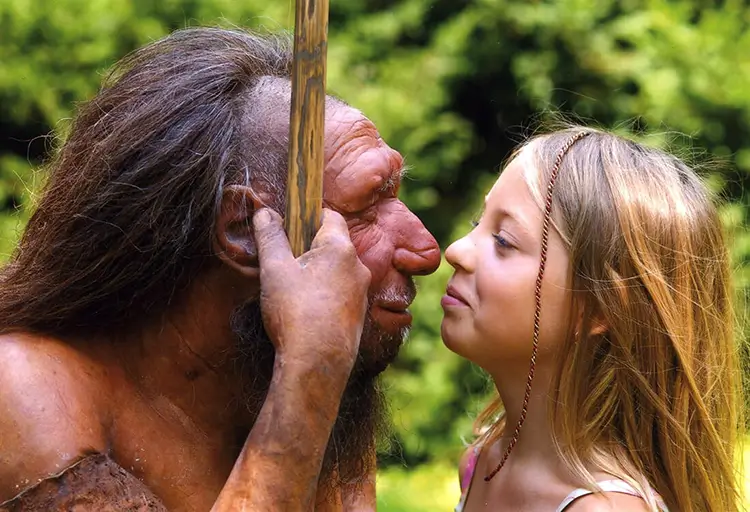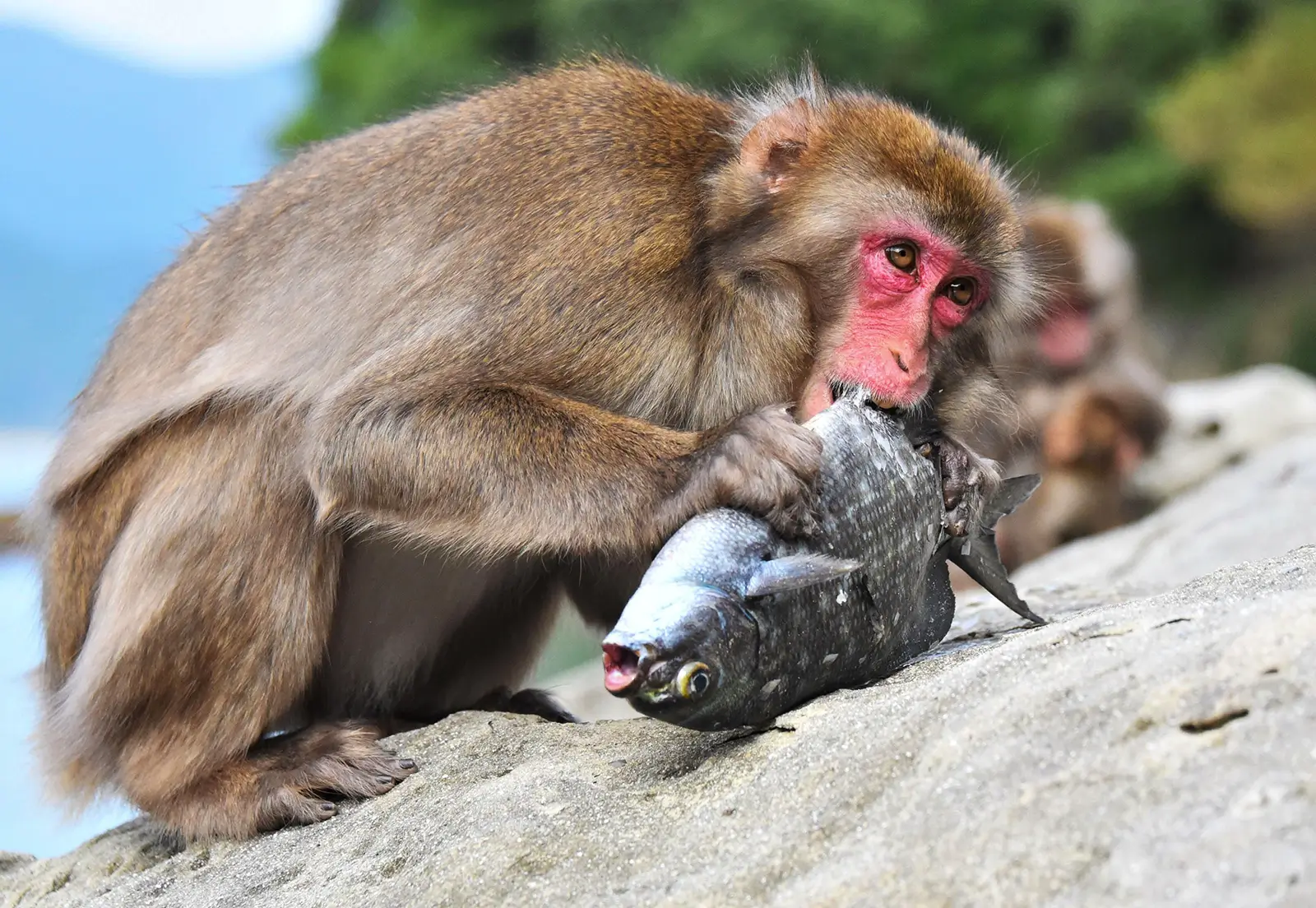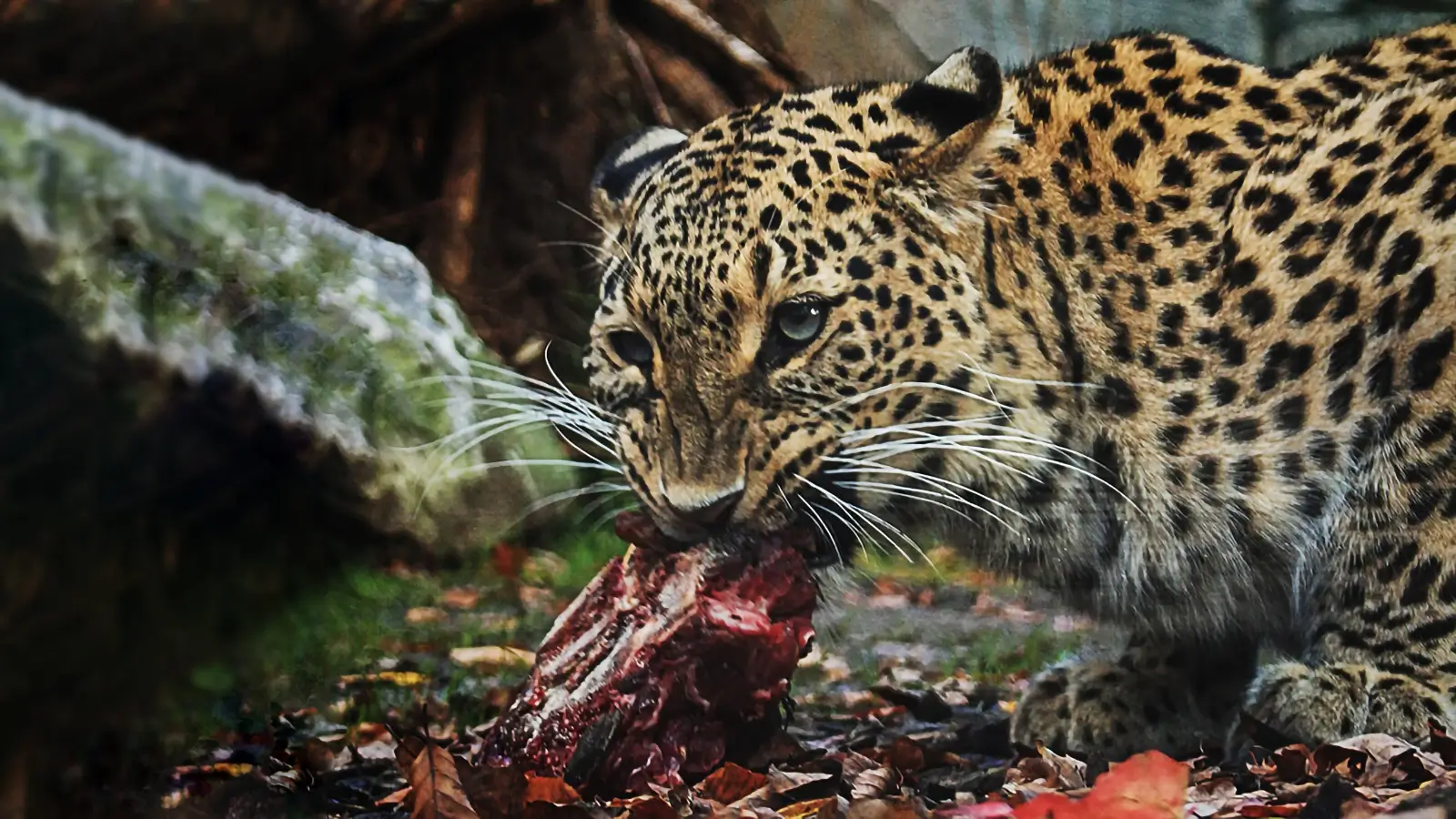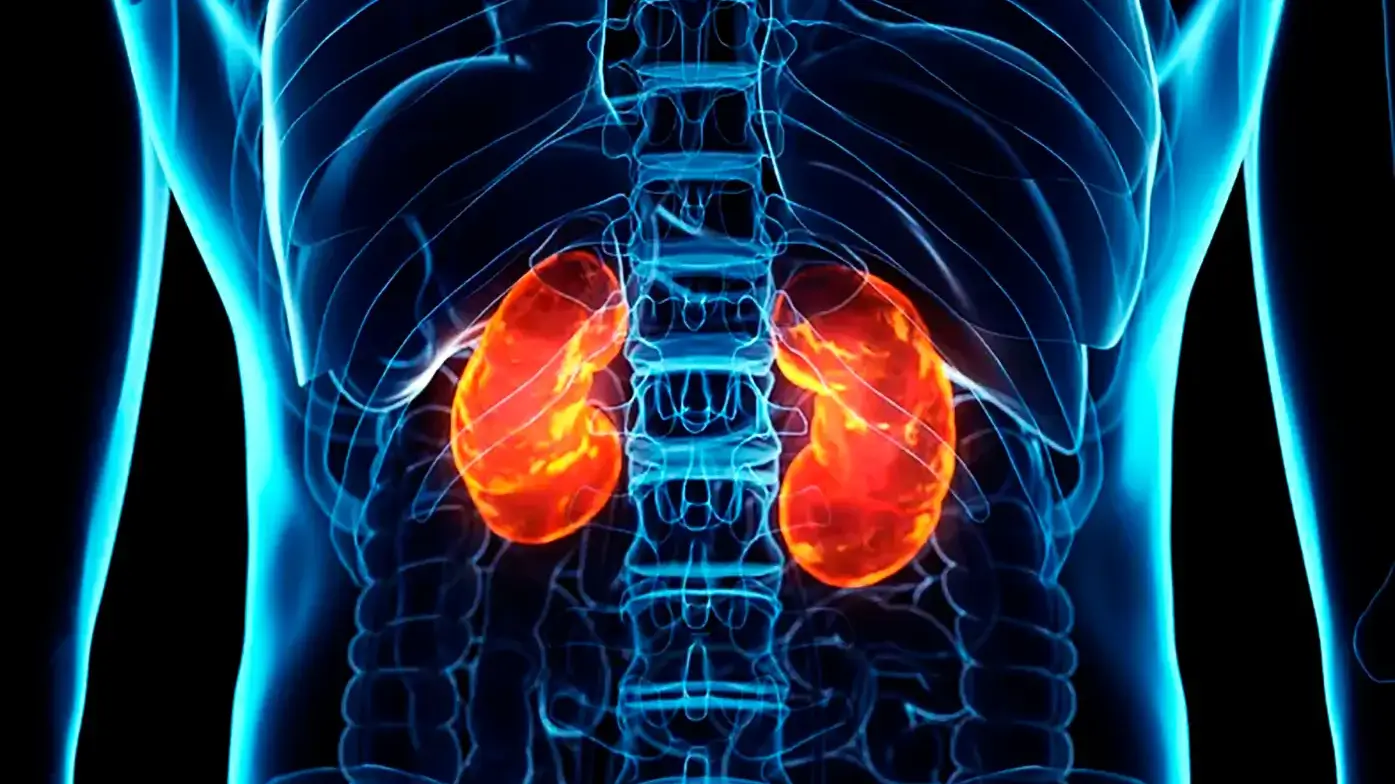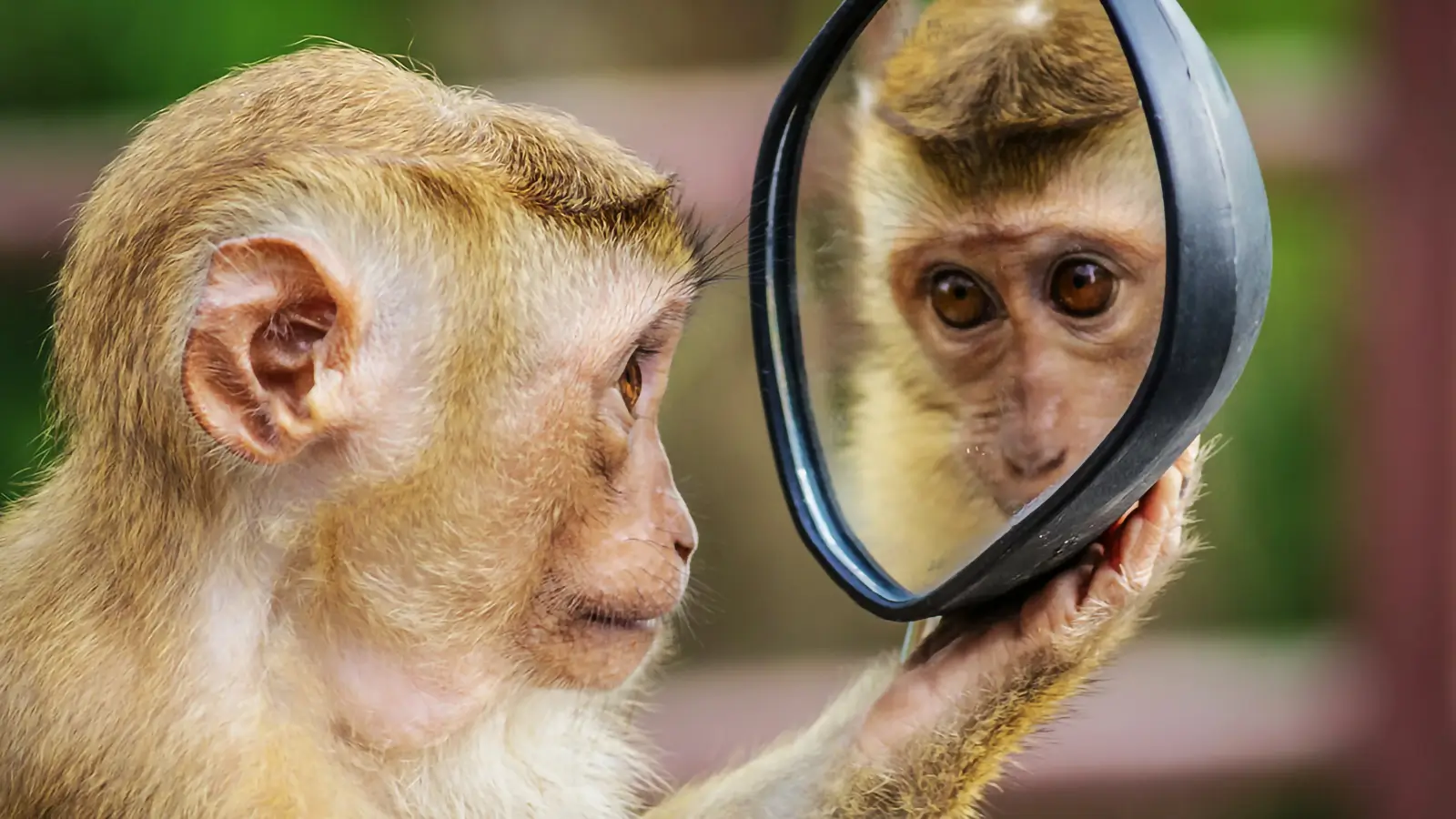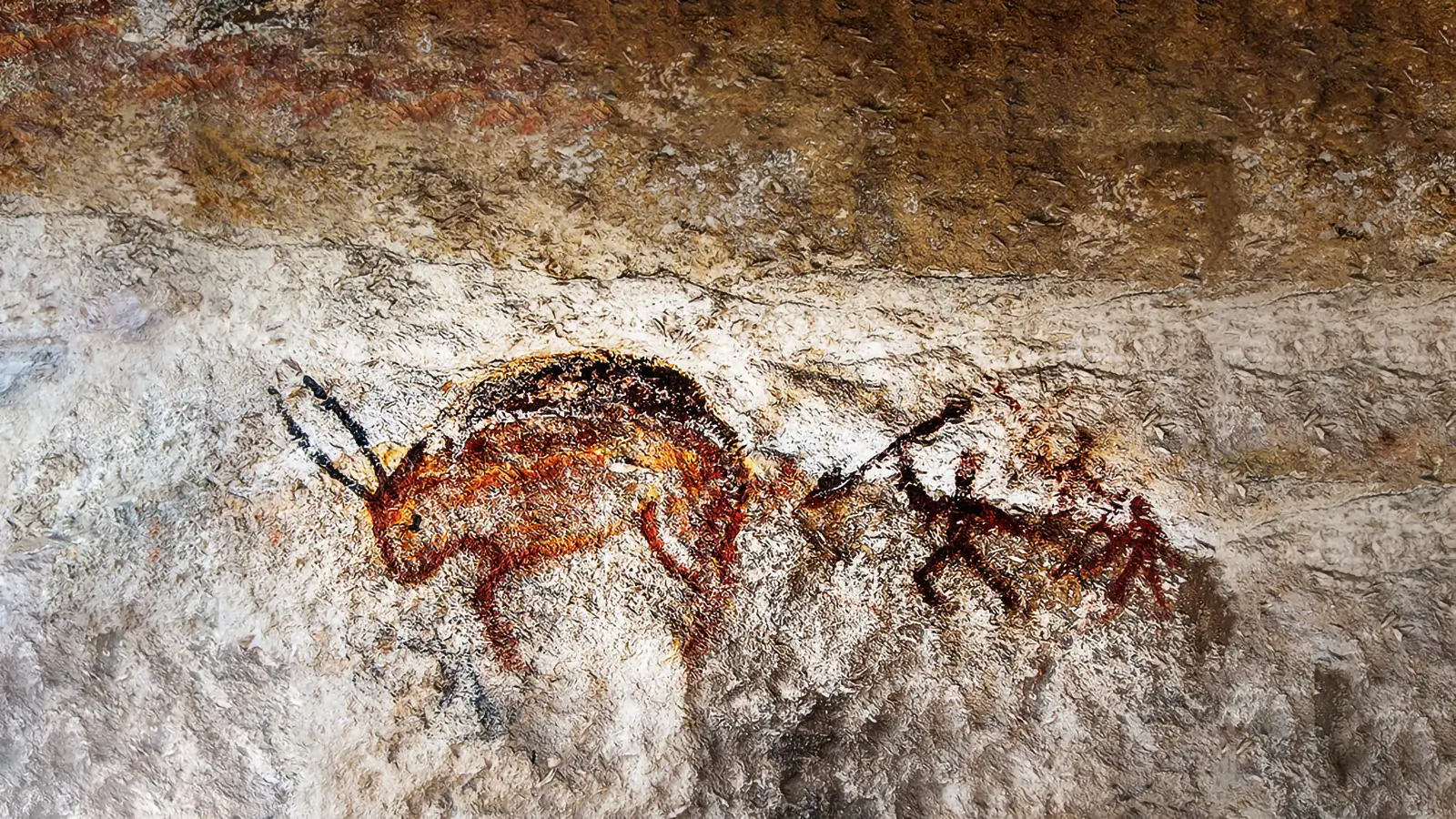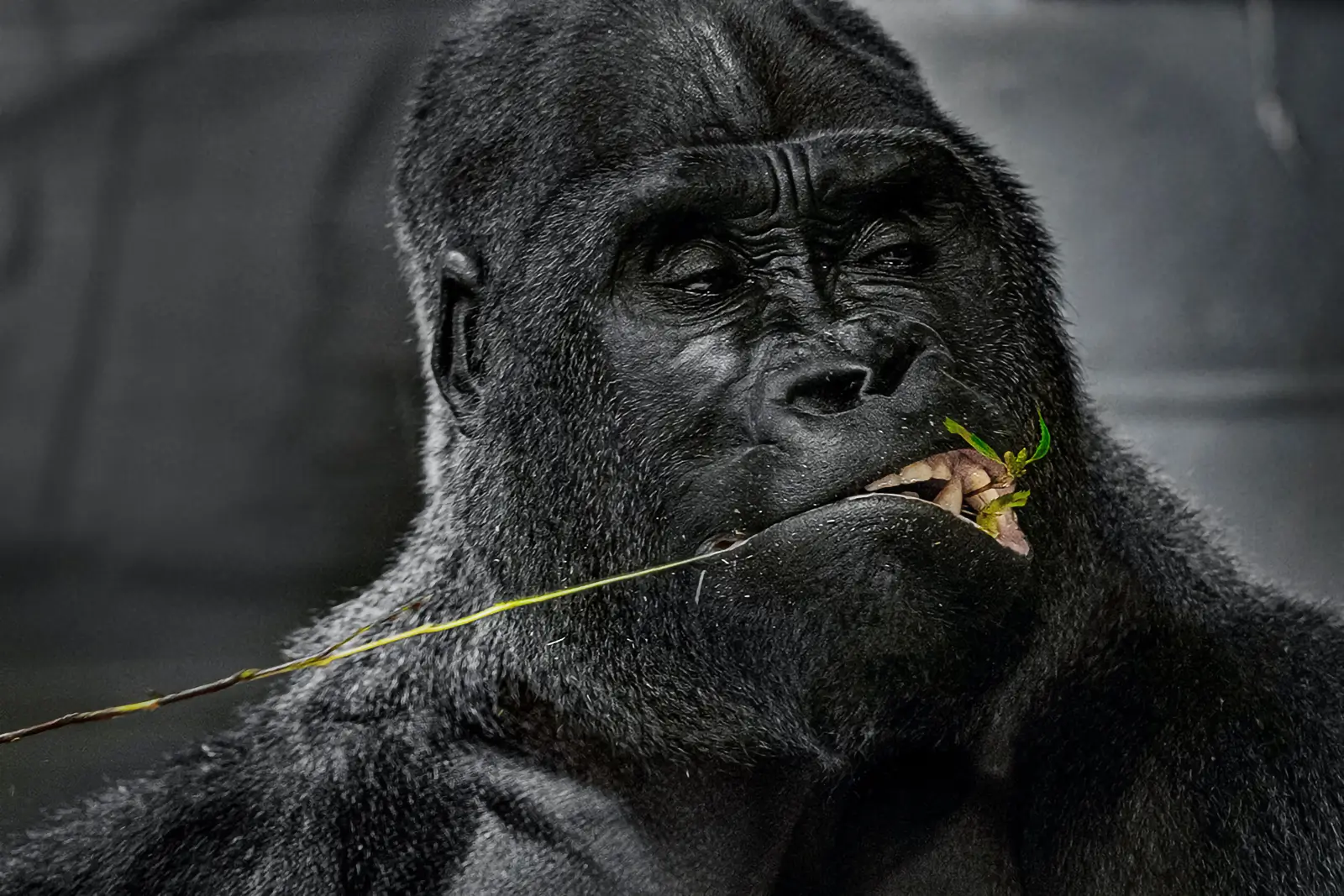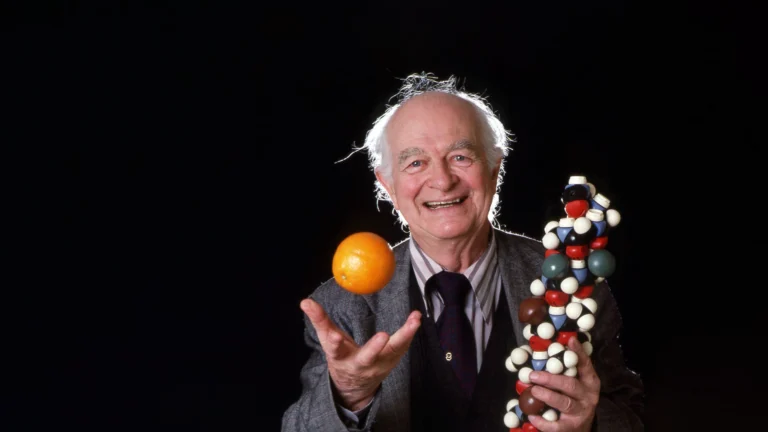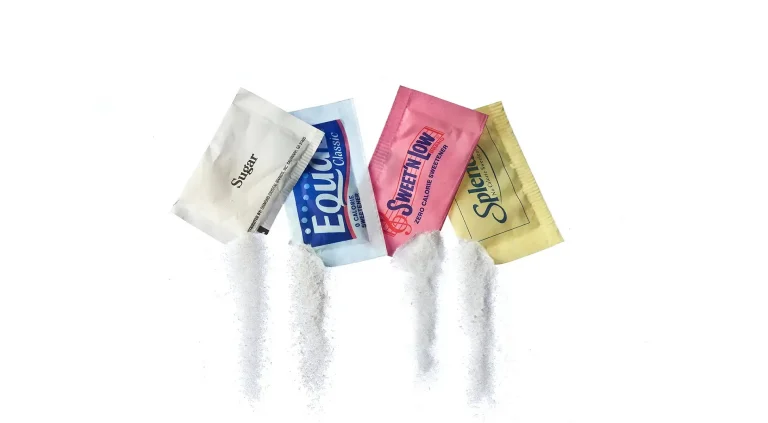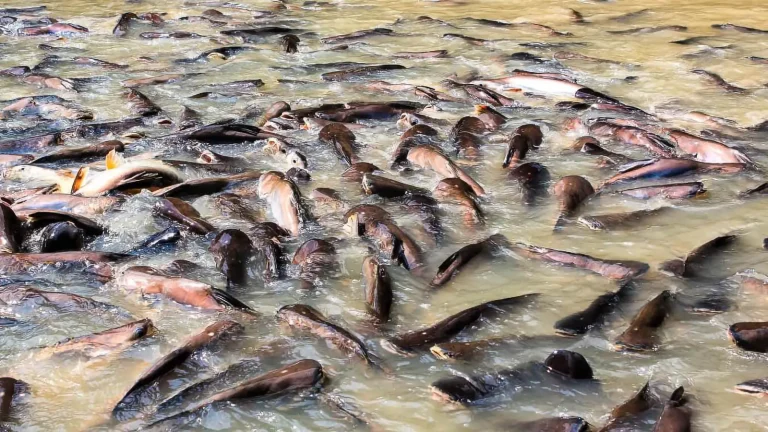ネアンデルタール人の典型的な表現では、ケナガマンモスを殺す様子が描かれています。しかし、歯垢はネアンデルタール人の食生活について別の物語を語ります
ミロス ポキミカ
によって書かれた: ミロス ポキミカ
医学的に検証した結果 Xiùying Wáng, M.D. 博士。
Updated 6月 9, 2023ネアンデルタール人の典型的な表現では、彼らがケナガマンモスを殺すように描かれています。ネアンデルタール人の食事はホッキョクグマと同じレベルでも肉食であったという仮説を裏付ける考古学的証拠があり、ケナガマンモス、トナカイ、ケナガサイなどの大型草食動物の重い食事が含まれていました。
しかし、ネアンデルタール人の歯は別の話をします。歯垢は、歯垢中に保存されているデンプンとタンパク質を分析するために使用されます。調査したところ、彼らの歯の磨耗パターンは、多様な食事を示唆していました。食事も場所によって異なり、地域差が大きくありました。一部の地域では、ネアンデルタール人が主に植物を摂取していたことを示唆する研究があり、おそらく薬用植物も含まれています。
この重要な発見は、科学者たちがスペインのエル・シドロンのネアンデルタール人の遺体を分析したときにもたらされた。エル・シドロンのネアンデルタール人は肉を摂取する兆候をまったく示しませんでした。少量ではありませんが、完全なラウンドゼロです。彼らは肉の代わりに、森から集められた植物性食品からカロリーを得ていました。歯垢にはさまざまな種類の木の実、キノコ、コケの残骸が詰まっていました。ネアンデルタール人のヴィーガン、それが典型的に受け入れられているイメージにどのように当てはまりますか? プロテインとビタミンB12はどうですか?
歯垢は、動物が食べたものの遺伝物質を保存して分析することができるため、非常に有用なツールである。 アデレード大学のローラ・ウェイリッヒと研究チームは、ネアンデルタール人が食べていた動植物の種類を驚くほど正確に調べることができた。彼らは3つのサンプルを分析した。2つはスペインのエル・シドロン洞窟の化石で、アスピリン・ポッパーの可能性があるものも含まれていた。シドロン洞窟 - ウィキペディア)。この分析により、最適採餌理論 (OFT) に沿った、地域の生息地の生態に応じた食物の完全な多様性が再び証明されました。
ネアンデルタール人の食事は本質的には存在しなかった。食生活はネアンデルタール人がどこに住んでいたかによって異なる。例えばベルギー人は、そうせざるを得なかったので、肉を多用するパターンに従った。野生の羊、ウーリーサイ、いくつかのキノコの遺伝物質が歯垢から発見され、洞窟の中には馬、マンモス、トナカイ、サイの骨もあった。骨は歯垢と同じように、これらのグループが狩猟民族であったことを物語っている。ベルギーの生息地では、植物性食料が見つからなかったため、彼らは採食をしなかった。寒冷な不毛の気候を生き延びるためには、狩猟によって適応しなければならなかったのだ。おそらく、彼らもそれがあまり好きではなかったのだろう。.
スペインのネアンデルタール人はより快適な生活を送っているように見えました。彼らはヒッピーで落ち着いたビーガンのネアンデルタール人でした。本当のネアンデルタール人の食生活についての真実は、彼らは主にキノコ、松の実、苔、そして森で採餌することで得られる他の種類の食物を食べているということです。したがって、北のネアンデルタール人は狩猟民であり、南のネアンデルタール人は採集民であった。
この証拠は何を物語るでしょうか? スペイン出身のネアンデルタール人の1人は、歯の膿瘍と胃の虫症を患っているようで、アスピリンの有効成分と同じサリチル酸を含む天然の鎮痛剤であるポプラ(Populus alba)で自己治療していた。この人物は、抗生物質を産生するカビであるペニシリウムも摂取していた。それは、アレクサンダー・フレミング博士がペニシリウムの株を使用して、現代医学に革命をもたらした最初の抗生物質を開発する数万年前のことです。医学の創始者について話したいなら、ネアンデルタール人を抗生物質とアスピリンで治したことはどうでしょうか?
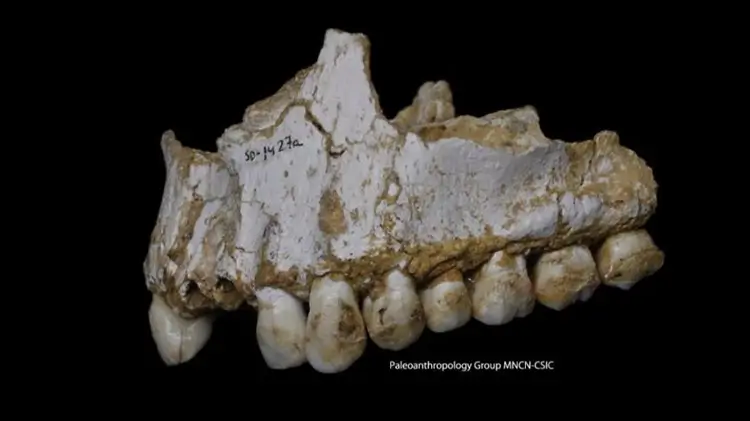
もうひとつ興味深いことがあった。ウェイリッヒのチームは、防腐剤に抵抗し、麦芽糖を消化する遺伝子を持たないメタノブレビバクター・オラリスという特殊な微生物の配列を完全に解読したのである。この微生物はやがて衛生環境に適応し、人間の食生活を変えた。ウェイリッヒの研究チームは、ネアンデルタール人の菌株が、現代人に見られる菌株と112,000年前から143,000年前の間に分かれたと計算した。.
なぜ南部に住むネアンデルタール人の集団はヴィーガンなのでしょうか?おそらくできるからでしょう。はるかにフレンドリーな環境と、より多くの食料源を備えた穏やかな気候がありました。ビーガンのネアンデルタール人は、アイデンティティの個人的な選択として植物基地に行くことを決めた道徳的な集団ではありません。それは生き残るための選択です。もし洞窟の横に食べられるものが生えていたら、狩りに行きますか? 最適な採餌戦略を適用するだけで、答えが得られます。ネアンデルタール人は解剖学的に肉食動物よりも菜食主義者でしたが、氷河期の北部では気候が厳しく、適応する必要があり、それには時間がかかりました。ネアンデルタール人も現生人類もホモ・エレクトスから進化しました。ホモ・エレクトスは草食動物でした。ホモ・エレクトスのユーラシアへの最も初期の既知の移動の波は、181万年前に遡ります。分子時計遺伝研究では、ネアンデルタール人と現生人類の系統の分岐時期が80万年前から40万年前であると推定されていた。このため、ほとんどの学者はネアンデルタール人がホモ・ハイデルベルゲンシスを介して子孫を残したものと信じています。アフリカに残ったホモ・エレクトス集団は、中間期ホモ・ローデシエンシスを経て、30万年前かそれ以前までに解剖学的現生人類に進化したであろう。
ネアンデルタール人はヨーロッパで進化し、人類はアフリカで進化しましたが、生理学的に小さな違いがいくつかあります。ホモ・サピエンスは、胸が樽型で小さく、骨盤が狭いです。ネアンデルタール人は、骨盤が広いベル型の胴体を持っていました。従来の説明では、ネアンデルタール人は気候が寒かったためより多くの酸素を必要としたため、より大きな呼吸器系を保持するために体が成長したというものでした。しかし、これは間違いです。30万年から3万年前、ユーラシアの寒い気候に住んでいたネアンデルタール人は、極ウラルやシベリア南部などの場所に定住しました。植物性食物源が見つからないツンドラの冬真っ只中、脂肪とタンパク質からなる動物の肉が唯一のエネルギー源でした。脂肪は消化されやすいですが、寒い環境では脂肪が不足します。獲物の動物は冬の間に蓄えた脂肪を燃やし、はるかに痩せました。
タンパク質には大きな要件が課せられます 腎臓と肝臓は、タンパク質をエネルギーとして燃焼する際に生じる有毒な副産物の一部を除去する。人間のタンパク質の上限は、食事のカロリーの35~50%である。それ以上の摂取は危険である。ネアンデルタール人の身体は、肝臓と腎臓を大きくすることで、より多くのタンパク質を利用する方法を見つけた。胸部と骨盤も、これらの臓器の肥大化に合わせて広がり、ネアンデルタール人独特の外見になった。今日、イヌイットの人々を見てみると、彼らの食事は肉ばかりで他のものは何も食べていないことがあるが、平均的なヨーロッパ人よりも肝臓と腎臓が大きく、肋骨が長い。脂肪飢饉を生き延びるために、ネアンデルタール人は間違いなくマンモスのような巨大動物の狩猟にも特化していた。マンモスは劣悪な環境下でも脂肪を長く保持し、より小さな獲物よりも殺すのに必要なエネルギーとスピードが少なくて済む。マンモスは大きすぎて逃げも隠れもしないし、氷点下の気温でも肉が腐らないので、私たちは1頭殺すだけで何カ月もごちそうを食べ続けることができる。しかし、こうした巨大な獣が姿を消したため、ネアンデルタール人は小さくて素早い獲物を追いかけるのに苦労したようだ。スペインのような南部では、彼らは昔ながらの菜食主義者の道を歩んだ。.
これらのことから、私たちはどう考えることができるだろうか?私たちは氷河期の北方気候の中で何千年にもわたって生活してきたため、ある程度肉の多い食事に適応する必要がなかった。私たちはアフリカで、6000万年にわたる菜食主義者の系統から進化した。現生人類が最初にアフリカを離れたのは10万年前で、ゆっくりとしたペースで移動の波を繰り返し、8万~9万年前に南ヨーロッパに到着した。.
では、本当のパレオダイエットとは何でしょうか?
参考文献:
本からの抜粋ポキミツァ、ミロス ビーガンに行きますか?科学の復習パート 1. Kindle版、 アマゾン、2018年。
栄養と健康について何か質問はありますか?
ぜひご意見をいただき、次回の投稿でお答えしたいと思います。皆様のご意見とご意見に感謝しており、すぐにご連絡をお待ちしております。私もあなたを招待します フォローする Facebook、Instagram、Pinterestでダイエット、栄養、健康に関するコンテンツをご覧ください。そこにコメントを残して、他の健康愛好家とつながり、あなたのヒントや経験を共有し、私たちのチームやコミュニティからサポートや励ましを得ることができます。
この投稿があなたにとって有益で楽しいものであり、学んだ洞察を生かす準備ができていることを願っている。この投稿が役に立ったと思われた方は シェアする 友人や家族など、その恩恵にあずかれるかもしれない人たちと一緒に。誰が健康の旅にガイダンスやサポートを必要としているかわからないのですから。
– あなたはおそらくそれも好きでしょう –

栄養について学ぶ
ミロス・ポキミカは、自然医学の医師、臨床栄養士、医療健康と栄養のライター、栄養科学アドバイザーです。書籍シリーズの著者 ビーガンに行きますか?科学の復習また、自然健康サイト「GoVeganWay.com」を運営している。
医療上の免責事項
GoVeganWay.com では、最新の栄養と健康関連の研究のレビューをお届けします。提供される情報は著者の個人的な意見を表すものであり、専門的な医学的アドバイス、診断、または治療に代わることを意図または暗示するものではありません。提供される情報は情報提供のみを目的としており、資格のある医師または医療提供者の相談、診断、および/または治療に代わるものとして機能することを意図したものではありません。GoVeganWay.com で読んだことや GoVeganWay.com を通じてアクセスしたことを理由に、専門家の医学的アドバイスを無視したり、医療治療を受けるのを遅らせたりしないでください。
認可された医師に相談する前に、GoVeganWay.com で読んだ内容の結果としてライフスタイルの変更や変更を決して適用しないでください。
医療上の緊急事態が発生した場合は、直ちに医師または 911 に電話してください。GoVeganWay.com は、内部で言及されている特定のグループ、組織、検査、医師、製品、手順、意見、またはその他の情報を推奨または承認しません。
編集者のおすすめ –
ミロス・ポキミカは健康・栄養ライターであり、栄養科学アドバイザーである。書籍シリーズの著者。 ビーガンに行きますか?科学の復習また、自然健康サイト「GoVeganWay.com」を運営している。
最新記事 -
トップヘルスニュース — ScienceDaily
- Scientists reverse Alzheimer’s in mice and restore memory12月 24, 2025 に
Alzheimer’s has long been considered irreversible, but new research challenges that assumption. Scientists discovered that severe drops in the brain’s energy supply help drive the disease—and restoring that balance can reverse damage, even in advanced cases. In mouse models, treatment repaired brain pathology, restored cognitive function, and normalized Alzheimer’s biomarkers. The results offer fresh hope that recovery may be possible.
- Why consciousness can’t be reduced to code12月 24, 2025 に
The familiar fight between “mind as software” and “mind as biology” may be a false choice. This work proposes biological computationalism: the idea that brains compute, but not in the abstract, symbol-shuffling way we usually imagine. Instead, computation is inseparable from the brain’s physical structure, energy constraints, and continuous dynamics. That reframes consciousness as something that emerges from a special kind of computing matter, not from running the right program.
- This tiny peptide could help stop brain damage after injury12月 24, 2025 に
A four–amino acid peptide called CAQK has shown powerful brain-protective effects in animal models of traumatic brain injury. Delivered through a standard IV, it zeroes in on injured brain tissue, calming inflammation and reducing cell death while improving recovery. The peptide worked in both mice and pigs, whose brains are closer to humans in structure. Researchers are now preparing to move toward early human clinical trials.
- These nanoparticles kill cancer cells while sparing healthy ones12月 24, 2025 に
Researchers have created tiny metal-based particles that push cancer cells over the edge while leaving healthy cells mostly unharmed. The particles work by increasing internal stress in cancer cells until they trigger their own shutdown process. In lab tests, they killed cancer cells far more effectively than healthy ones. The technology is still early-stage, but it opens the door to more precise and gentler cancer treatments.
- Your roommate’s genes may be shaping your gut bacteria12月 24, 2025 に
Scientists studying thousands of rats discovered that gut bacteria are shaped by both personal genetics and the genetics of social partners. Some genes promote certain microbes that can spread between individuals living together. When researchers accounted for this social sharing, genetic influence on the microbiome turned out to be much stronger than previously thought. The study suggests genes can affect others indirectly, without DNA ever being exchanged.
- MIT scientists strip cancer of its sugar shield12月 23, 2025 に
Scientists at MIT and Stanford have unveiled a promising new way to help the immune system recognize and attack cancer cells more effectively. Their strategy targets a hidden “off switch” that tumors use to stay invisible to immune defenses—special sugar molecules on the cancer cell surface that suppress immune activity. Early tests show it can supercharge immune responses and outperform current antibody therapies.
- Scientists find a weak spot in deadly fungus that shut down hospital intensive care units12月 23, 2025 に
A deadly hospital fungus that resists nearly every antifungal drug may have an unexpected weakness. Researchers discovered that Candida auris activates specific genes during infection to hunt for nutrients it needs to survive. This insight came from a new living-host model that allowed scientists to watch the fungus in action. The findings could eventually lead to new treatments or allow current drugs to be repurposed.
パブメッド、 #ビーガンダイエット –
- Comparing diet-related attitudes, perceptions, and behaviors of vegan and omnivorous adults: results from a cross-sectional survey study in Germany12月 22, 2025 に
CONCLUSION: The findings are consistent with and build on existing research on cognitive and behavioral patterns related to a vegan diet, while at the same time yielding some additional insights. In particular, the results on significant differences in the risk-benefit perception of a vegan diet, as well as on motivations and influences regarding the decision to follow a vegan diet provide an important basis for the development of public health interventions and a foundation for further […]
- Assessment of vitamin A, vitamin B2, vitamin B12, vitamin K, folate, and choline status following 4 months of multinutrient supplementation in healthy vegans: a randomised,…12月 19, 2025 に
CONCLUSION: A multinutrient supplement containing 82 µg of vitamin B(12) per day significantly positively affected vitamin B(12) blood biomarkers in healthy vegans.
- Exploring the synergistic potential of pH and ultrasonication on the functional properties of pea and lentil protein isolates and its formulation in food product12月 15, 2025 に
The substitution of meat proteins with plant-based proteins from various sources is often motivated by nutritional considerations. However, the inherent limited solubility of plant proteins, which results in suboptimal techno-functional properties, remains a persistent challenge in food formulation. The purpose of this study was to utilize unique properties of pea (Pisum sativum L.) and lentil (Lens culinaris) through ultrasonication and pH variation in order to develop a stable and […]
- Healthful and Unhealthful Plant-Based Diets and Their Association with Cardiometabolic Targets in Women Diagnosed with Breast Cancer: A Cross-Sectional Analysis of a Lifestyle Trial12月 11, 2025 に
CONCLUSIONS: Maintaining cardiometabolic risk factors within normal ranges is clinically relevant in BCS, and this may be more likely when a plant-based diet is consumed, especially if low in unhealthy plant foods.
- Functional and Nutritional Properties of Lion’s Mane Mushrooms in Oat-Based Desserts for Dysphagia and Healthy Ageing12月 11, 2025 に
Hericium erinaceus (Lion’s Mane mushroom) is a medicinal species recognised for its neuroprotective and antioxidant properties. This study investigated its potential as a functional ingredient in oat milk-based desserts formulated for individuals with dysphagia. Freeze-dried Lion’s Mane powder (LMP), containing high-quality protein (~16%, amino acid score 88%), dietary fibre (~31%), and phenolic compounds (72.15 mg GAE/g), was incorporated at varying levels using gelatin or iota-carrageenan […]
ランダムな投稿 –
おすすめの投稿 -
PubMed の最新情報、 #植物ベースの食事 –
- The potential of immature jackfruit in meat analoguesによって Anne C M Swinkels 12月 24, 2025 に
The jackfruit, the fruit of the jackfruit tree ( Artocarpus heterophyllus ), is a unique tropical fruit. While sweet and fruity in its ripe form, in its immature form, the jackfruit flesh mimics the texture of meat, making it an increasingly popular plant-based meat analogue. To reach its full potential as an ingredient for meat analogues, a better understanding of the immature fruit properties in relation to its behaviour in food products is required. This review focuses on immature […]
- The 3V score and joint associations of low ultra-processed food, biodiverse and plant-based diets on colorectal cancer risk: results from the European Prospective Investigation into Cancer and…によって Emine Koc Cakmak 12月 24, 2025 に
BACKGROUND: Diet may modify colorectal cancer risk. We investigated the associations of three dietary patterns, ultra-processed food (UPF) consumption, healthy plant-based food consumption, and food biodiversity, separately and combined into a “3V” score with risk of colorectal cancer.
- Lifestyle-Based Approaches to Cancer Prevention and Treatment: Diet, Physical Activity, and Integrative Strategiesによって Gianpiero Greco 12月 24, 2025 に
Cancer remains a leading global cause of morbidity and mortality. Modifiable lifestyle factors, including avoidance of tobacco use and excessive ultraviolet radiation, healthy dietary patterns, regular physical activity, and weight management, play key roles in prevention and care. This narrative review synthesizes evidence on lifestyle-based interventions influencing cancer risk, treatment tolerance, and survivorship. A literature search was conducted in PubMed and Scopus, supplemented by…
- Public Healthによって Julia L Sheffler 12月 23, 2025 に
CONCLUSIONS: An MKD may provide unique benefits for ADRD risk reduction compared to the MEDDIET, and the ICAN program demonstrates feasibility to provide the tools necessary to allow older adults to implement either of these diets into their lifestyle.
- Public Healthによって Debora Melo van Lent 12月 23, 2025 に
CONCLUSION: Higher MIND diet scores associated with decreased all-cause dementia risk and being alive and dementia free at age 80. We encourage clinical trials to examine the MIND diet in relation to dementia related outcomes such as amyloid and tau to elucidate whether a causal relationship between the MIND diet and dementia pathologies exists.
- Public Healthによって Emily A Johnston 12月 23, 2025 に
CONCLUSION: Mean observed MIND diet and Veggie Meter scores show less than desirable intake of carotenoid-rich foods for reduction of AD/ADRD risk among participants. The majority of participants take dietary supplements, and few consume a diet supportive of brain health. Few cohort studies include subjective and objective diet assessments with actionable feedback for participants. These preliminary findings emphasize the need for further research into dietary interventions for prevention or…


